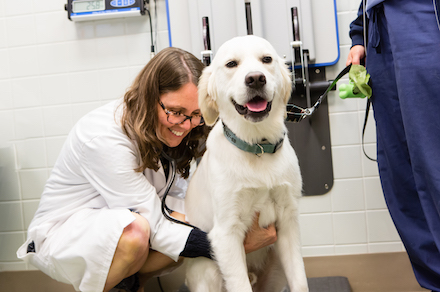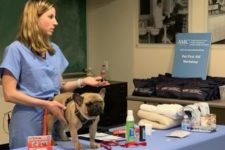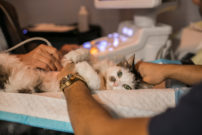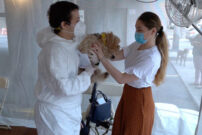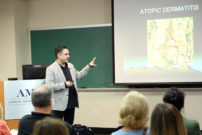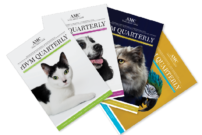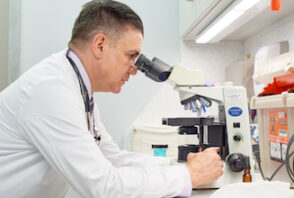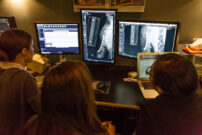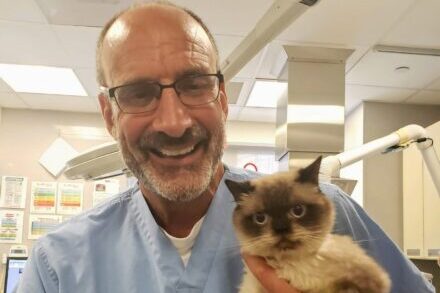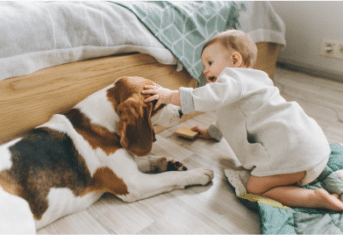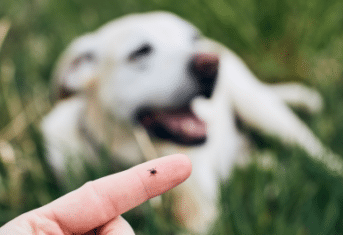The Dangers of Rat Poison

The Dangers of Rat Poison
Right next door to The Animal Medical Center is Twenty-four Sycamores Playground. A typical New York City playground, it contains swings, a sprinkler, basketball court, and rat poison. There was rat poison application posted on the entry gate about a week ago.
Doggy danger
Since dogs are not allowed in the playground, the sign was directed at the parents of children playing in the park, but dog owners should be vigilant in any area where rat poison warning signs are posted since ingestion of rat poison can be lethal for dogs. The poison danger does not lie solely in urban environments and, according to the Pet Poison Helpline, rodenticides were the number three cause of poisoning in pets in 2011.
Two main types of rat bait poison
The toxic substance placed in Twenty-four Sycamores Playground was bomadialone, a second generation anticoagulant rodenticide. Another common second generation anticoagulant rodenticide is 1,3 indandione. The first generation anticoagulant rodenticide Coumadin, or warfarin, has largely been retired as rat bait and put to a much better medical use – protecting humans against dangerous blood clots. Anticoagulant rodenticides block the function of a critical enzyme required for blood clotting. The other class of commonly used rodenticides is the vitamin D analogues, erogocalciferol and cholecalciferol which cause fatal elevations in blood calcium since vitamin D’s normal function is to increase absorption of calcium by the body.
Kitty katastrophy
Perhaps because of their finicky dining style, anticoagulant rodenticide intoxication remains a rare diagnosis in cats. If you think your cat has been nibbling on some anticoagulant rat poison, your veterinarian can test a blood sample to determine if you cat’s blood is clotting abnormally. You should watch for external bleeding, blood in the urine, or dark tarry stool indicative of bleeding in the upper intestinal tract. Cats can be saved, but most require a blood transfusion as a life-saving intervention in addition to supplementation with vitamin K, the antidote.
Veterinarians have reported a few cats treated for ingestion of vitamin D analogue rodenticides.
Not all cats recover. Treatment consists of fluids, diuretics, and other medications to help promote excretion of excess calcium.
Avoid using rat poisons around your pets. For suggestions on how to control rats without rat poisons, check out the New York City Rat Information Portal.
________________________________________________________
This may also be found in the Tales from the Pet Clinic blog on WebMD.com.
For over a century, The Animal Medical Center has been a national leader in animal health care, known for its expertise, innovation and success in providing routine, specialty and emergency medical care for companion animals. Thanks in part to the enduring generosity of donors, The AMC is also known for its outstanding teaching, research and compassionate community funds. Please help us to continue these efforts. Send your contribution to: The Animal Medical Center, 510 East 62nd Street, New York, NY 10065. For more information, visit amcny.gbtesting.us. To make an appointment, please call 212.838.7053.





